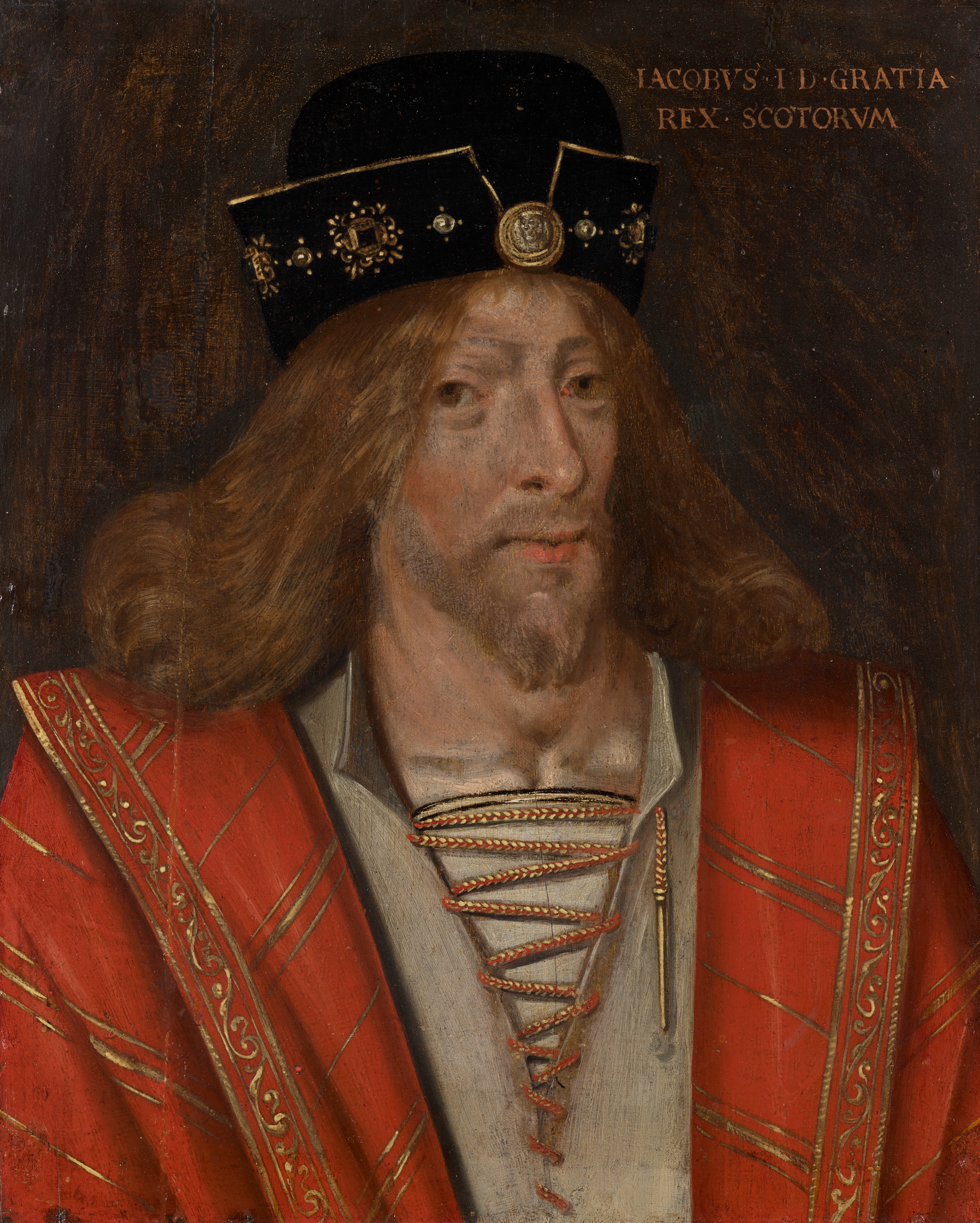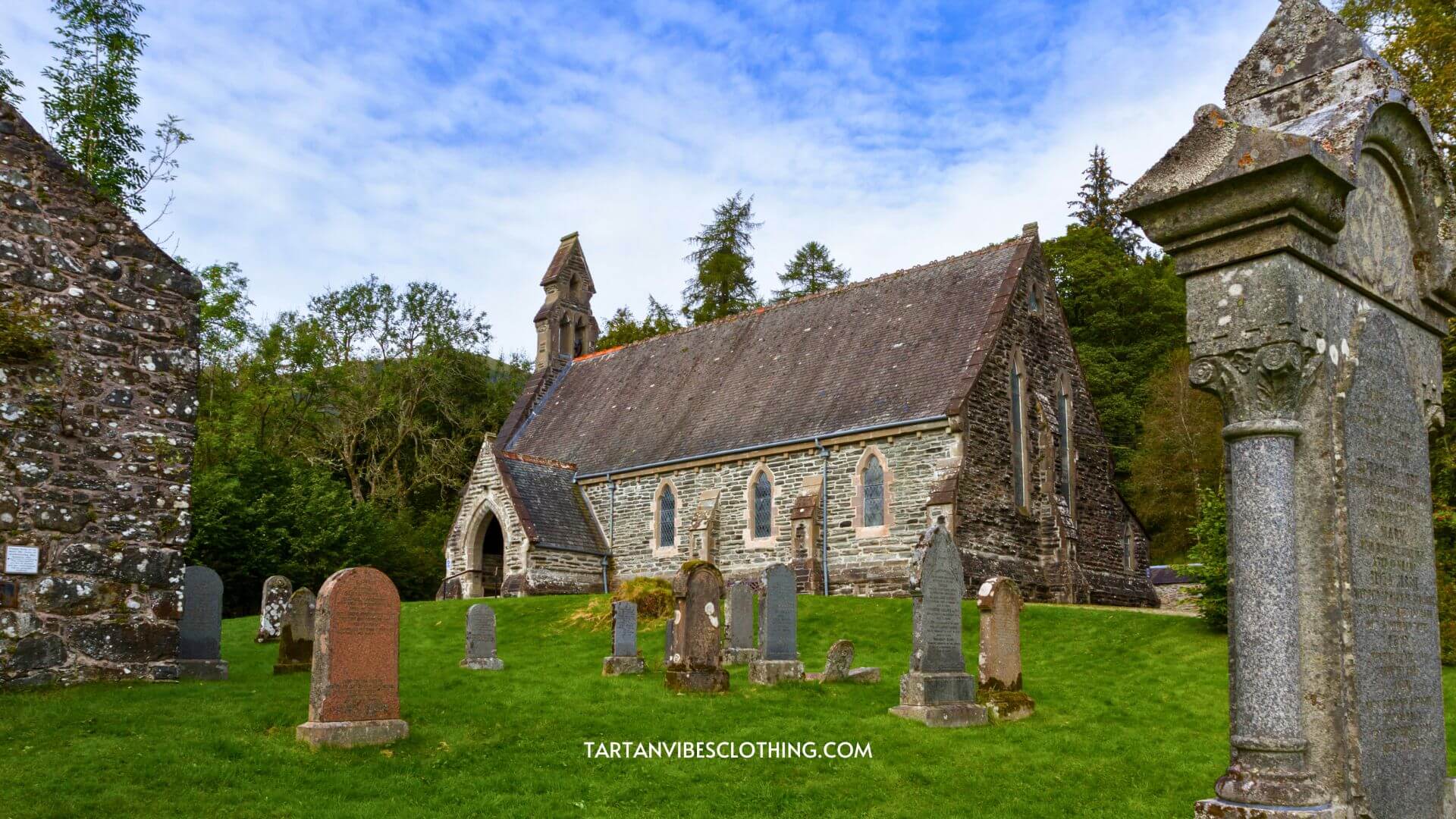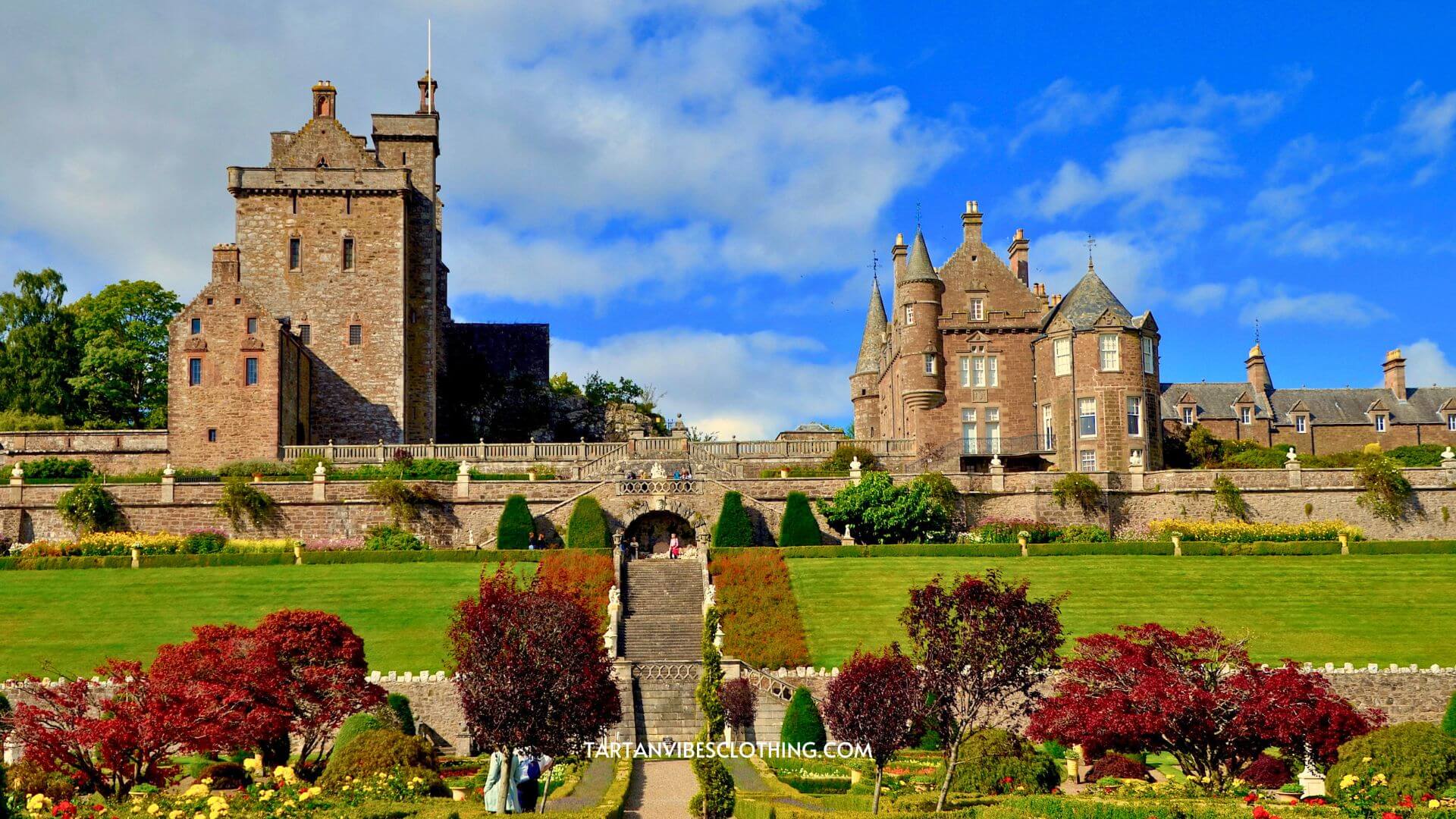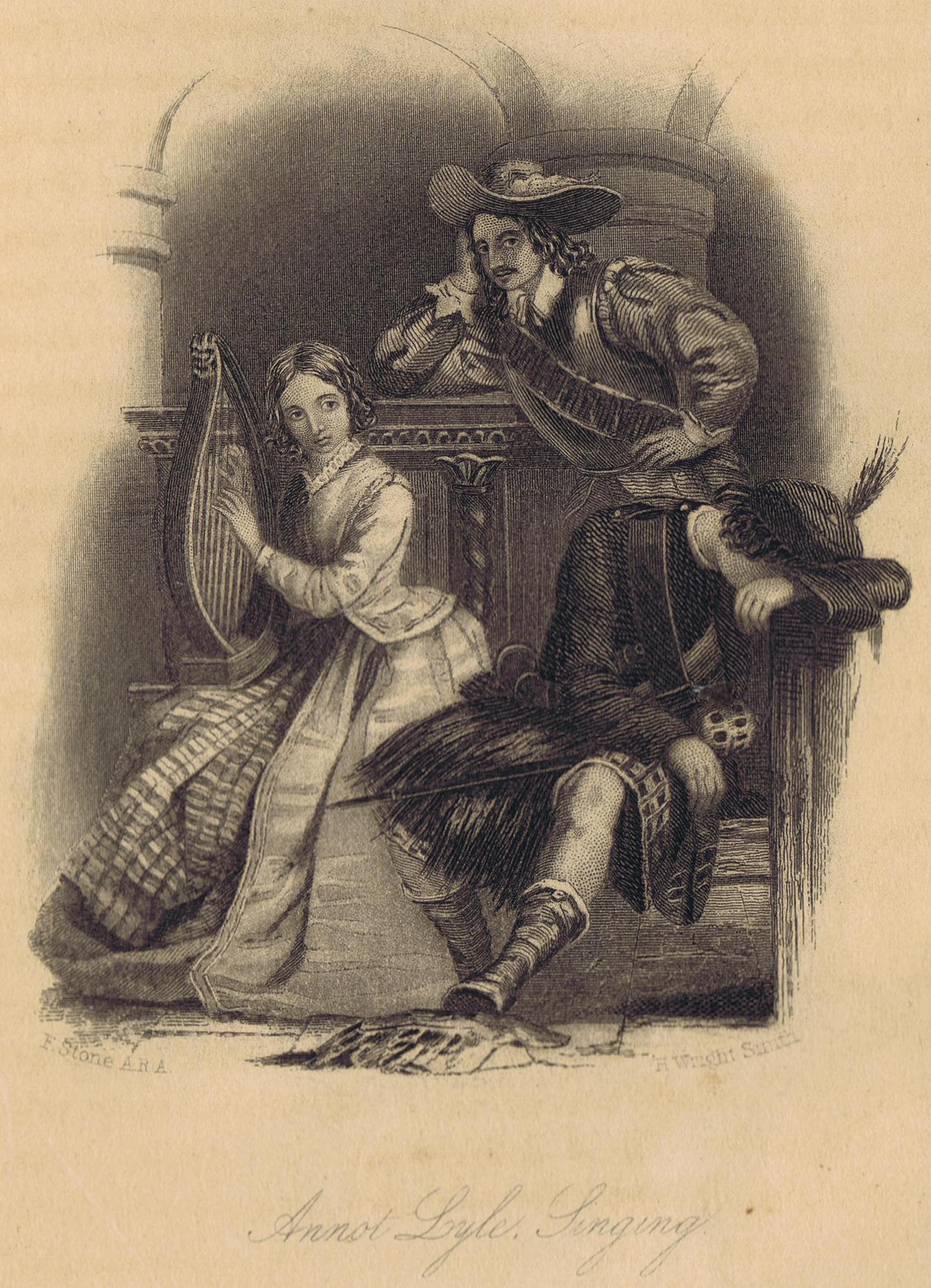Stewart of Balquhidder: Their Impact on Scottish Heritage
by Aimee Li on Sep 01, 2024
Table of Content
I. Introduction
The Stewart of Balquhidder holds a significant place in Scottish history, particularly because of their contributions to Scotland's cultural and historical fabric. Their lineage, steeped in tradition and power, has shaped the Balquhidder region and influenced the broader Scottish heritage. This article delves into the origins of the Stewart of Balquhidder, and their lasting legacy in Scottish culture.
II. Understanding the Stewart of Balquhidder
1. The Stewart of Balquhidder: An Overview and Origin
The Stewart of Balquhidder is a branch of the Stewart clan from Perthshire and originates from an illegitimate line of the royal House of Stewart. Their lineage traces back to Sir William Stewart of Baldorran (circa 1440 – circa 1500), who was the great-grandson of Murdoch Stewart, Duke of Albany, executed for treason by King James I of Scotland in 1425. Murdoch Stewart was the grandson of King Robert II of Scotland, the founder of the Stewart dynasty. Ardvorlich, Glen Buckie, Gartnafuaran, and Annat make up the Stewart of Balquhidder. These families have resided in the regions of Balquhidder, Callander, The Trossachs, Loch Earn, and as far south as Stirling since the 15th century.

Generally, they were Tacksmen, which means "supporting man" in Scottish Gaelic, indicating their position as landholders with a mid-tier legal and social status in Highland society. There is no official clan affiliation, but the honorary Clan Chief would be Alexander Donald Stewart, the 15th Laird of Ardvorlich, who resides at Ardvorlich House, located near Comrie, Perthshire. The Stewart Clan has occupied the Ardvorlich House for more than 400 years.
2. The Stewart of Balquhidder Territory

Balquhidder is a parish located in Perthshire, Scotland. The Stewarts previously owned lands in nearby Comrie, Callander, Doune, Glen Ogle, and Kilmadock. These families shared a bond similar to that of the more widely recognized Clan Stewart of Appin.
III. An Overview of Stewart of Balquhidder History
1. The Stewart of Balquhidder came into being.
Following the execution of Murdoch Stewart, Duke of Albany, in 1425 and the confiscation of his estates, his youngest son, James Mor Stewart, sought refuge in Antrim, Ireland, to evade the King's fury. Although James did not return to Scotland, his youngest son, James "Beag" Stewart, eventually received a royal pardon and made his way back. He wed Annabel Buchanan, the daughter of Patrick, the 14th Laird of Buchanan, and received the Baldorran estate in Stirlingshire. Their second son, William Stewart, was born. Around 1488, William Stewart of Baldorran became Royal Bailie of the Crown Lands in Balquhidder, Perthshire. William established the Stewart name in Balquhidder and founded the Stewart of Balquhidder. The Stewart of Ardvorlich, Glen Buckie, Gartnafuaran, and Annat, along with their cadet branches, are all his descendants.

The Stewarts settled in a largely lawless area of Scotland, living alongside the often hostile Campbells from Edinample Castle, Aberuchill Castle, and Lawers House. Nearby, though more distant, were the Drummonds from Drummond Castle, the MacLaren Clan from Strathyre, the Murrays from Ochtertyre, the Neishes from Neishes Isle, the MacNabs from Kinnoull in Glen Dochart, and the MacGregor Clan from Balquhidder, some of whom were allies while others were adversaries.
2. Sir Walter Scott's The Legend of Montrose
The murder story that follows served as inspiration for Sir Walter Scott's narrative, A Legend of Montrose. During the seventeenth century, it was customary to offer food and shelter to anyone who requested it. Even if the guest was not personally known, they would still receive accommodation, but instead of a hot meal, they would receive cold meat, which is the origin of the phrase "given the cold shoulder." Following this tradition, Lady Margaret Stewart, who was pregnant at the time, welcomed some traveling MacGregors at Ardvorlich. Unbeknownst to her, they had just killed her brother, John Drummond of Drummonderinoch. While she was out of the room, they placed his severed head on a silver platter and stuffed his mouth with some of the cold food she had served them. Overcome with grief, she fled to the hills, where she gave birth to James Stewart, who would later be known as the "Mad Major."

The loch where she gave birth is now called Lochan na Mna, meaning the Loch of the Woman, located at the base of Beinn Domhnuill. Major James Stewart is a significant figure from the Covenanting Wars and serves as the protagonist in Sir Walter Scott's novel A Legend of Montrose, where Scott changed his name to Allan M'Aulay. The Stewart of Ardvorlich, located near the village of St Fillans on the shores of Loch Earn, inscribe this altered name at the base of Major Stewart's gravestone in the old kirk of Dundurn.
IV. Stewart of Balquhidder Coat of Arms
The Stewart of Balquhidder Coat of Arms is a heraldic symbol that represents the Stewart Clan's rich heritage and history in Scotland. This emblem features a unique design that reflects the family's noble lineage and connection to their ancestral lands. The Stewart of Balquhidder coat of arms typically incorporates various colors and motifs that symbolize key values such as loyalty, bravery, and nobility. As a significant representation of the Stewart Clan's identity, the coat of arms serves as a proud reminder of their legacy and cultural significance, inspiring a sense of pride among descendants and those who appreciate Scottish heritage.
V. Prominent Members of Stewart of Balquhidder
- John Stewart of Ardvorlich wrote The Stewarts in 1963 and The Camerons, A History of Clan Cameron in 1971.
- George H. "Maryland" Steuart (1828–1903) was an officer in the Army of Northern Virginia who capitulated in 1865 at Appomattox Court House, marking the conclusion of the American Civil War.
- John Stuart (1780-1847) was an explorer, fur trader, and a partner in the North West Company. Both Stuart Lake and Stuart River, located in British Columbia, bear his name.
- George Hume Steuart (1700–1784) was a doctor, tobacco farmer, and Loyalist politician in colonial Maryland.
- James Baeg Stewart, the 2nd Laird of Ardvorlich, known as "The Mad Major," served as an officer in Sir David Leslie's army during the Scottish Civil Wars.
- Sir William Stewart of Baldorran (circa 1440 to circa 1500) was the second Laird of Baldorran and the first Royal Bailie for the Crown lands in Balquhidder. He established the Balquhidder Stewart Clan.
VI. Conclusion
Frequently Asked Questions
In Scotland, who are the Stewarts?
The Stewart lineage originated with King Robert I's daughter and her spouse, Walter the Steward. Despite initial disturbances and ineffective governance caused by a number of young Stewart kings taking the throne, the dynasty thrived for more than three hundred years.
Who was Major John Stewart of Ardvorlich?
Major John Alexander MacLaren Stewart, the 14th of Ardvorlich (born March 25, 1904 – died May 11, 1985), was a Scottish military officer, historian, and author of numerous respected books on the history of different Scottish clans.
What is the Stewart clan's origin?
Walter Flaad, also known as Walter Fitz Alan the steward arrived in Scotland during David I's reign when he was asserting his claim to the throne. The surname Stewart originated from their role as stewards. Following his appointment as High Steward of Scotland, Walter received extensive landholdings in Renfrewshire and East Lothian.
What is the Stewart Clan motto?
The motto of the Stewart clan is "Virescit vulnere virtus," which translates to "Courage strengthens from a wound." The clan's crest features a pelican in its nest, nurturing her chicks.







